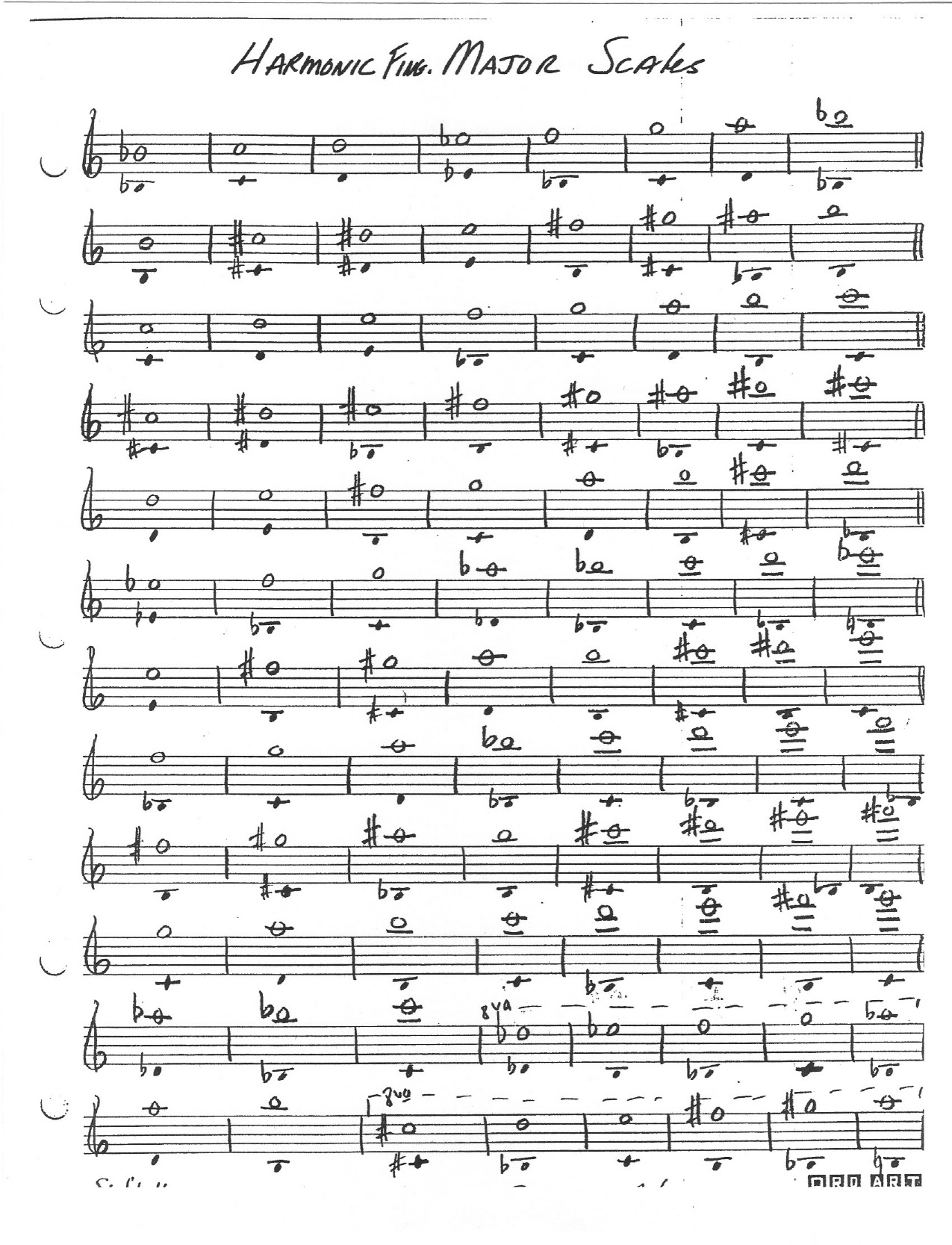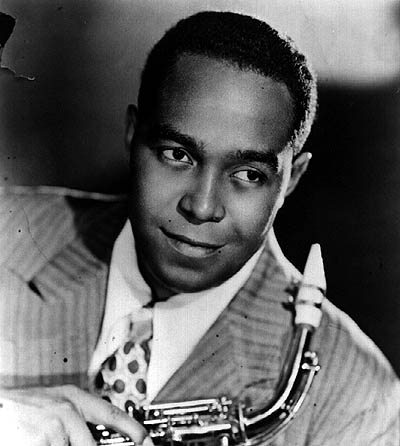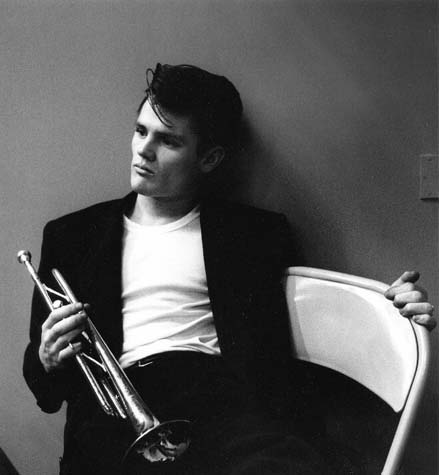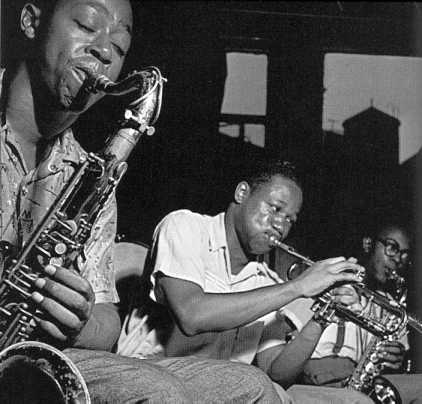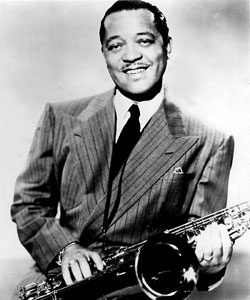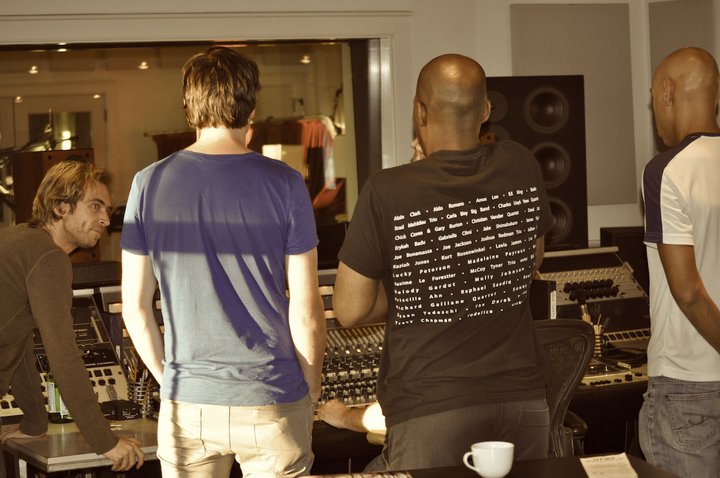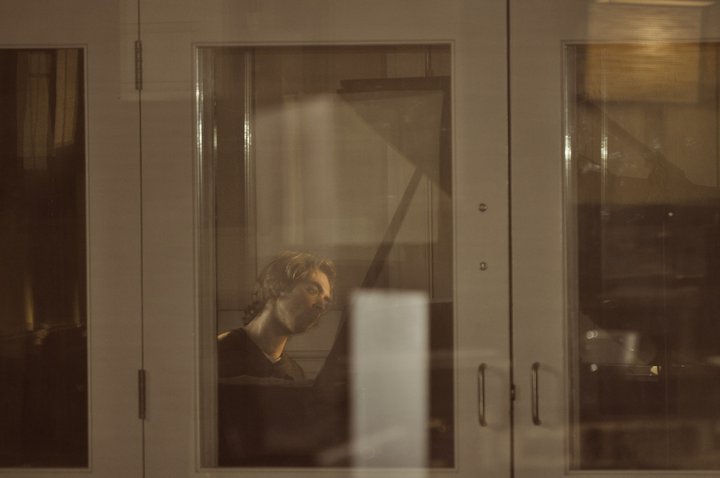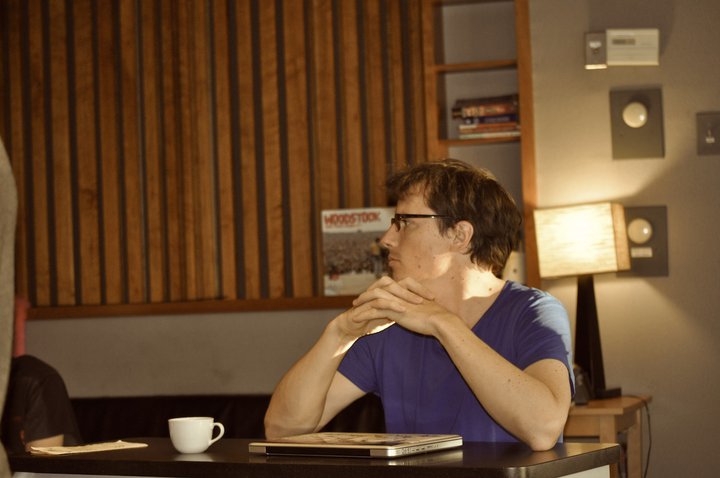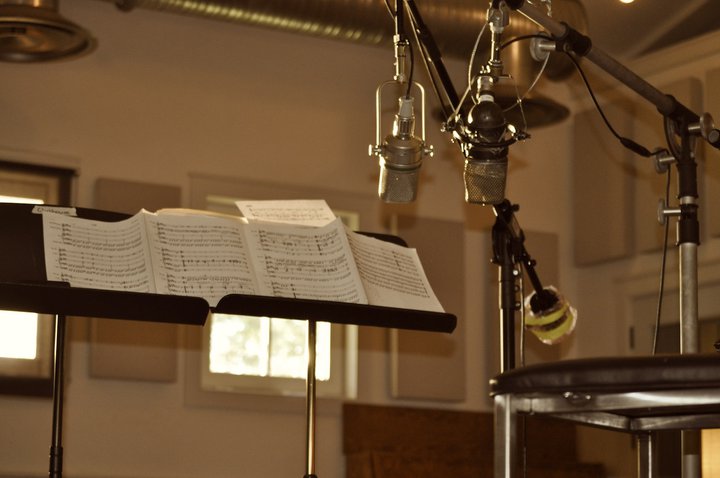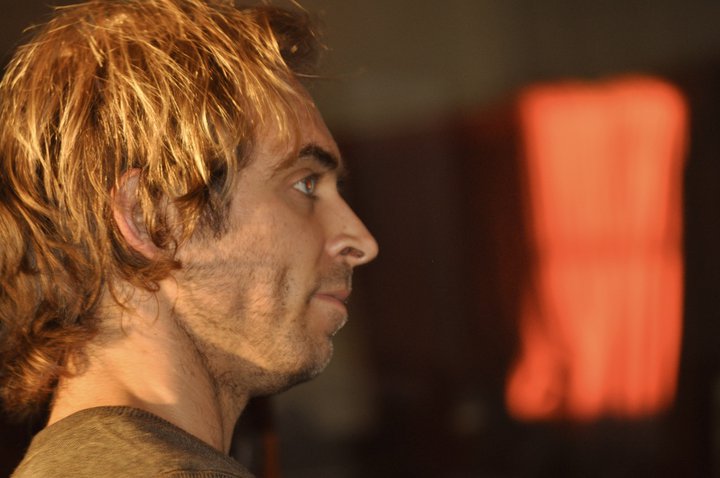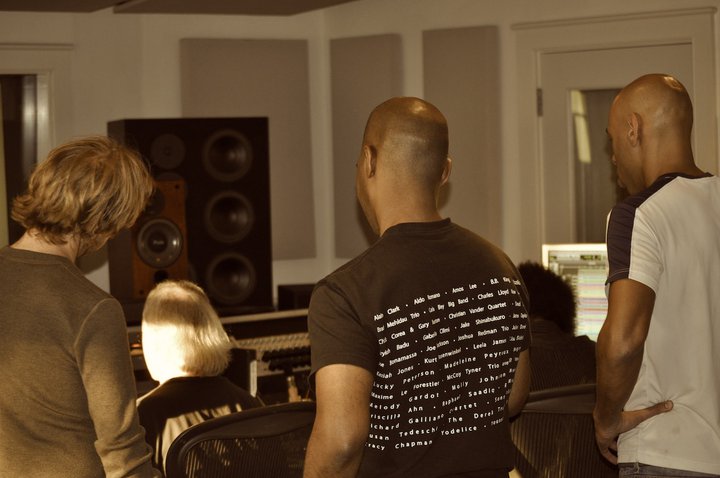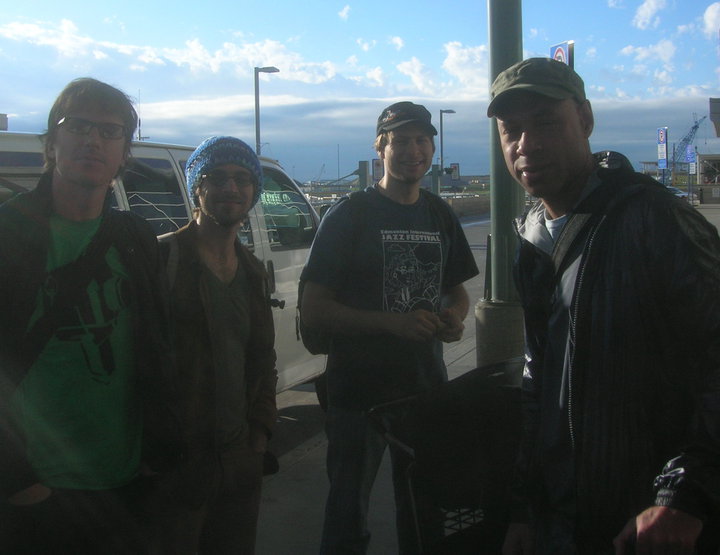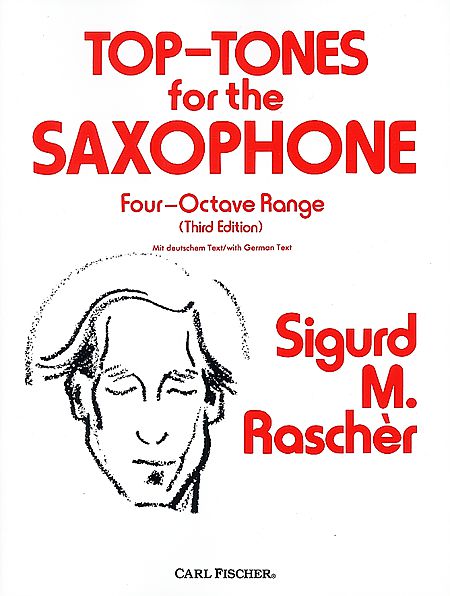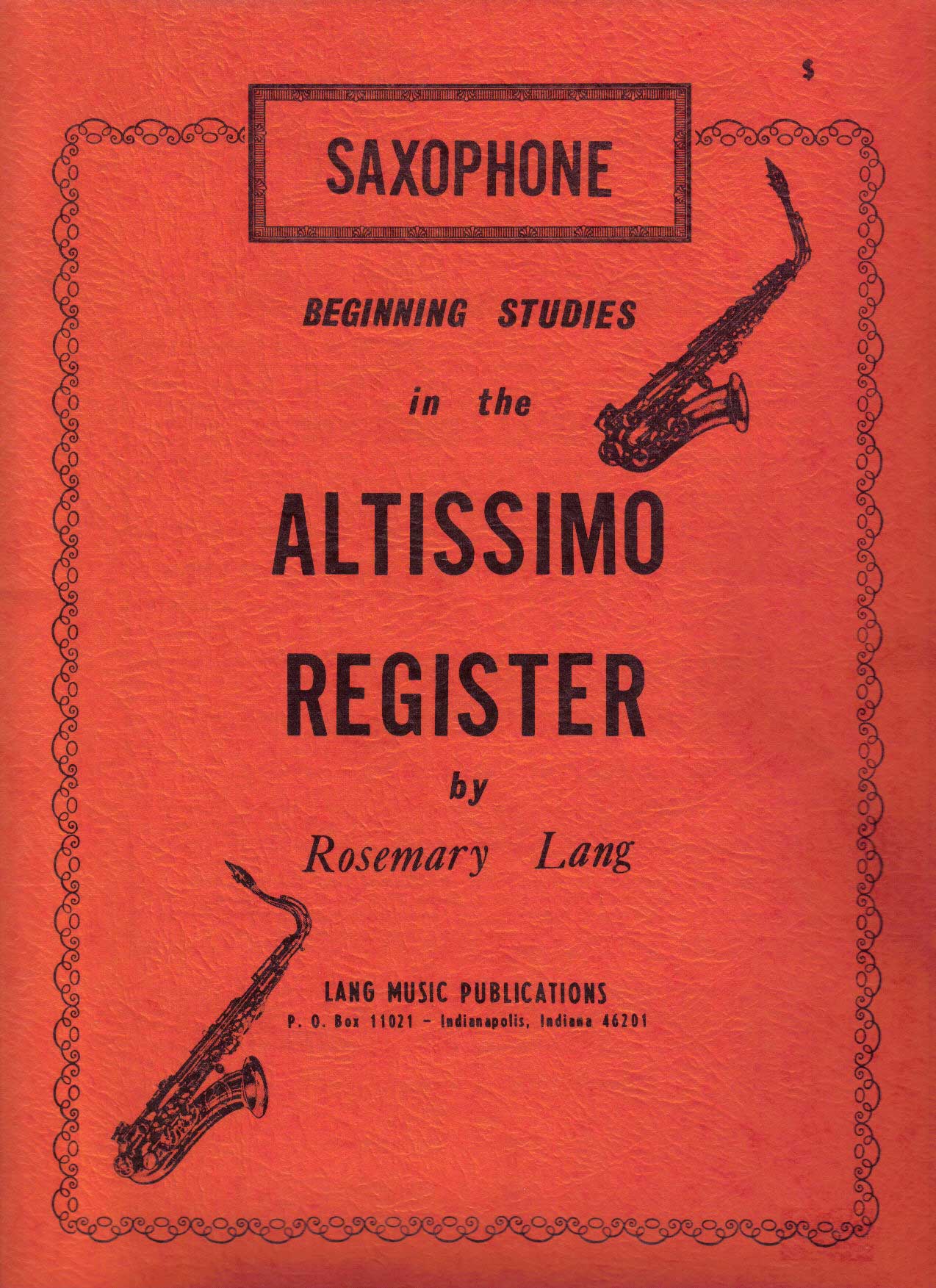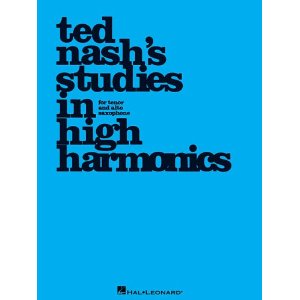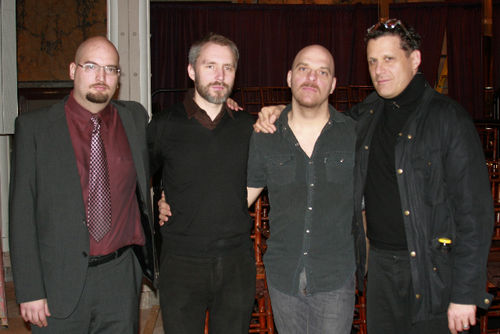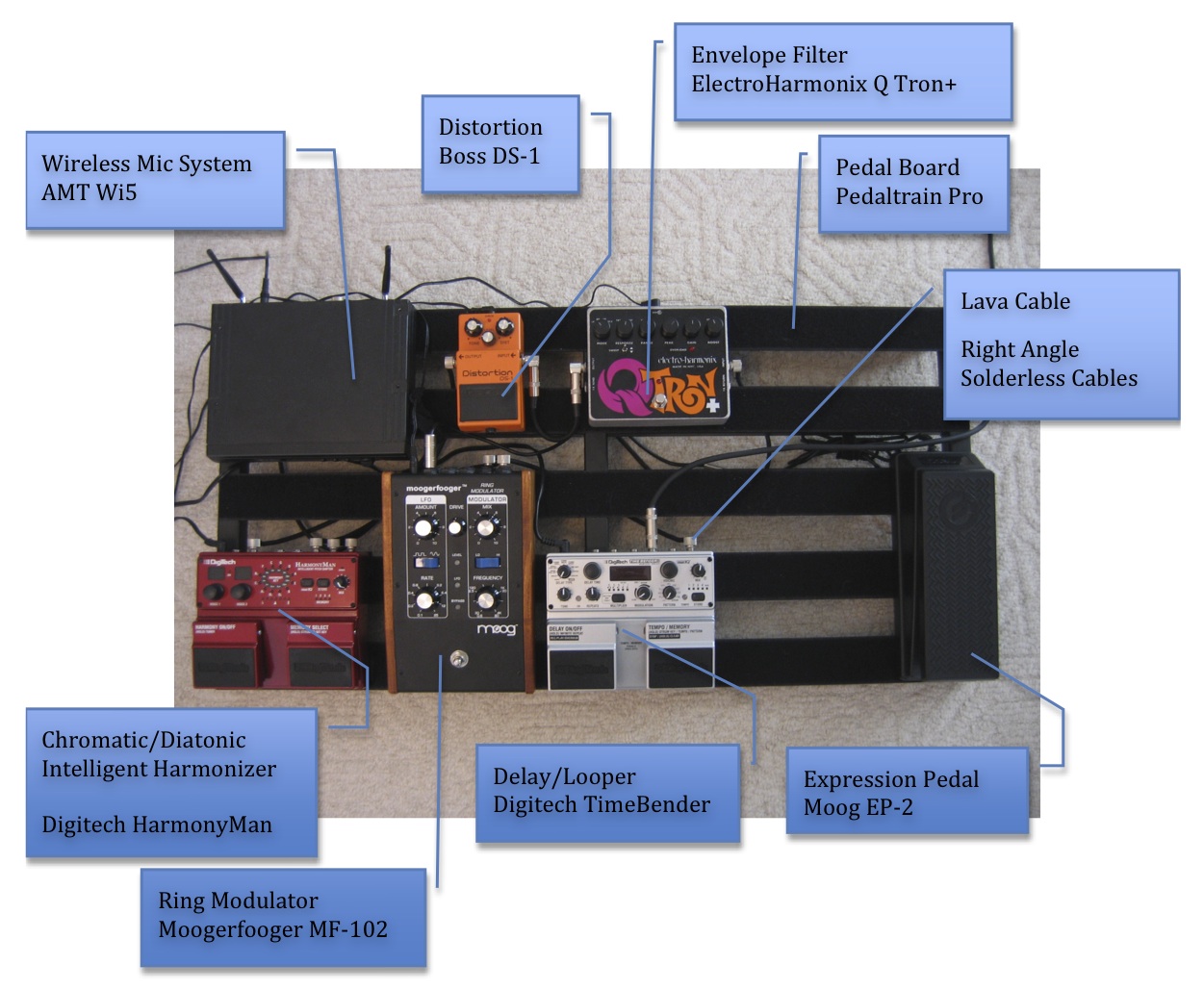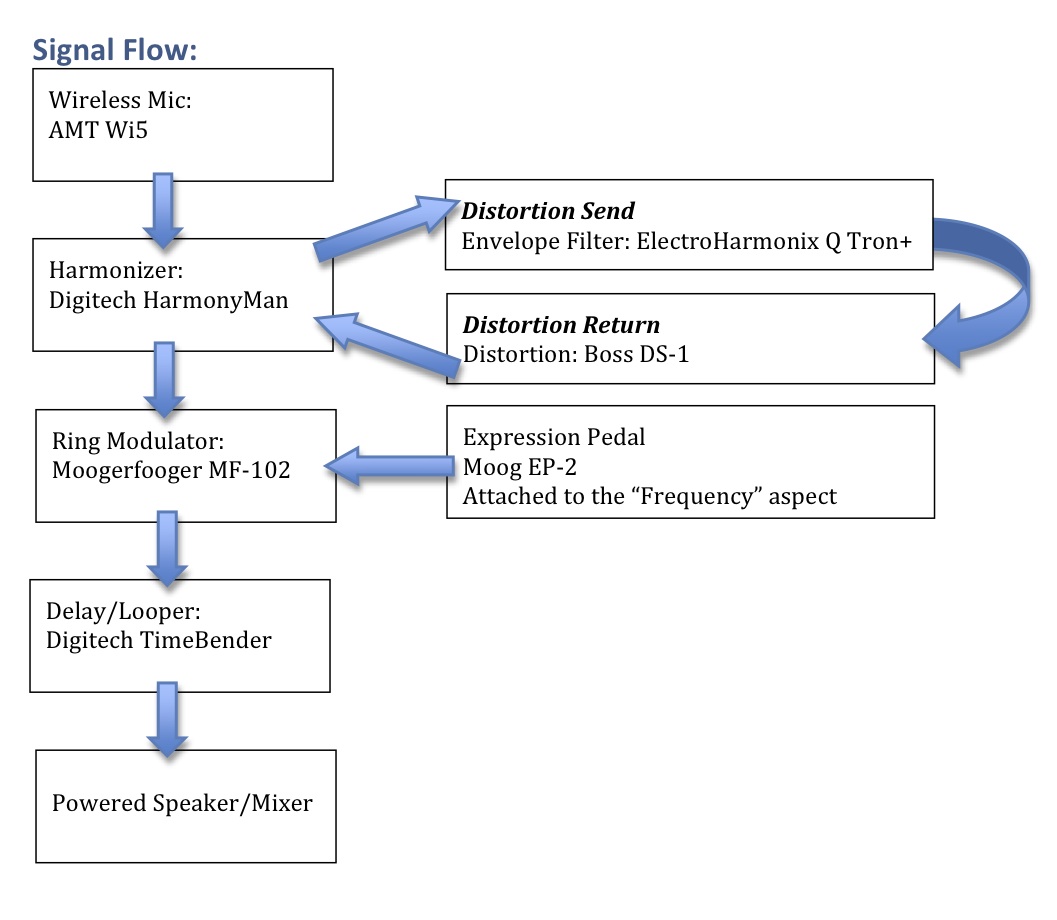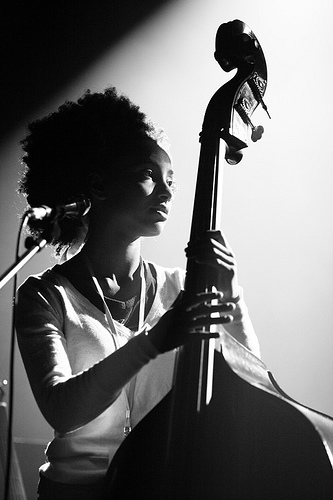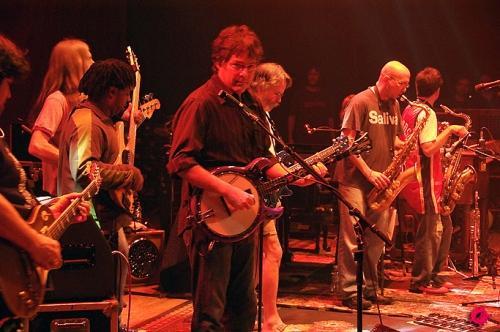So, you're in the south east and you wonder "Is there a free jazz festival anywhere nearby?".... Oh, you mean the Atlanta Jazz Festival, the longest running and largest FREE jazz festival IN THE U.S.!!!! Yup, that's what I thought...
Anyway, last weekend's festival was a whole lot of fun. While I was only able to attend the Saturday line up, that included the likes of Esperanza Spalding, Marcus Miller, Christian Scott, Alex Han, and Marcus Strickland. Sunday's line-up, postponed a bit due to weather which is a pretty usual occurrence when it comes to AJF, included Atlanta's own Joe Gransden, Spyro Gyra, Jason Marsalis with Diane Schuur, and Hiromi performing with Stanley Clarke.
Trombone Shorty
The first group I got to see was Trombone Shorty & Orleans Avenue. While Troy "Trombone Shorty" Andrews is self-admittedly not a jazz musician, his set was enjoyable and one of the cleaner performances of the festival. The band displayed a little bit of everything, sporting some R&B, some funk twists on jazz and rag time, with a little bit of rock thrown in.
Esperanza Spalding & Marcus Strickland
I was really looking forward to the next group. From the website, it was some long name of some kind of concept of some band, when all that was necessary were two words: Esperanza Spalding. Having seen her perform at the Schwartz Center at Emory University, I knew I was in for a treat. Her show at Emory included a bunch of phenomenal new music set to be released on her next album coming out some time this year, the band was really tight, and the overall show was just a joy to be a part of. Now, not only was Esperanza performing, but one of my all-time favorite saxophonists just happened to be in the band. I looked at the jumbo-tron and there was Marcus Strickland. How could this get any better? As you can tell, I love Esperanza Spalding's music. And, if you truly love someone you have to be honest with them. So, out of love for her and her music, the performance at AJF 2010 didn't quite live up to the standard she set back in November '09. This band, Revived Alive, was built on the concept of reviving (go figure) different music genres and putting them into a new context. This particular concert was a mixture of jazz, hip-hop, and funk with maybe a hint of electronica thrown in at one point. Let me be clear that I have NO problem with the concept. Hip-hop, jazz, funk, sounds great to me! I think what hurt this performance the most (as I say from my lowly blog) was really the presentation; the band just didn't seem rehearsed, especially the endings and getting into, transitioning from one to another, and then getting out of the solo sections. All the performers are phenomenal musicians, even if you simply look at their professional credentials and solo projects alone. The group on the other hand just didn't seem to mesh. The emcee for the evening, while a great spoken word artist, couldn't quite get through to the audience. I think one of the main issues may not have been due to the group, but the problem lay in the sound. But, more on that in a moment.
Marcus Miller, Christian Scott, & Alex Han
The next group, the headliners for the evening, was Marcus Miller's band doing a set of music from the Miles Davis release Tutu. This included one of my all time favorite musicians Christian Scott and a new favorite of mine, Alex Han. These guys played a monster set, great tunes, great show, and great solos.... if you could actually hear them. Now, back to my point about the sound.
The Sound
I have to say that the sound provided by AJF 2010, at times, was no less than atrocious. I feel one of the main reasons Esperanza Spalding's group didn't quite come through for the audience were the issues they were having with sound. And, that group faired better than Marcus Miller's having only a few feedback issues, a pretty terrible acoustic bass and sax eq, bad solo levels, and a huge delay in fixing some, if any, of these issues. I simply felt bad for Marcus Miller's group. You couldn't hear Alex Han's first solo and it was about 3 minutes long. Eventually you stopped hearing Christian's sound all together. And finally, the sound engineers actually eliminated every channel but one, cycling through each mic to find where the feedback was coming from.
Now before I make every sound engineer's internet-blood boil, let me explain why I needed to write this and why I feel it is so important. The 5 members of the group Kneebody explained that the sound guy is their 6th member; he makes or breaks the show. Unfortunately, it's a fairly inglorious, lackluster position because no one really notices the sound guy/gal unless something's gone wrong. So, I really do feel for the sound engineers during these shows. I can't imagine the difficulty involved in running even one of these groups, let alone all together and one after the other. That being said, I feel that if this is something that isn't remedied in coming festivals this could seriously jeopardize not only patronage and attendance, but artists' willingness to play the festival at all.
Most musicians right now, especially jazz, are finding homes for their music abroad, be it Europe, Japan, what have you. The money's better, the crowds are bigger, the clubs are nicer. If this sort of problem isn't fixed, it won't be difficult for big-name artists like Miller, Spalding, or Scott to look for opportunities elsewhere. Let's work to keep them here, help them share their magnanimous and strikingly individual voices with the (contrary to some opinions - I smell another post) substantial audiences in the states. I, for one, will miss them if they're gone.
Final Thoughts
The Good
- Good line up, especially for a free festival
- Easy access via MARTA from most of the metro area. My girlfriend and I each paid a grand total of $4 to get to and see the festival. In Denver, my friends and I paid I believe $30 each to see Christian Scott's band at a popular local jazz club, Dazzle. Driving is also an option, you just have to be prepared to hunt for a space. Some of the local restaurants actually opened up their lots for paid parking, but once again, it's hunting season.
- Great location (Piedmont Park) with tons of room. Just ask the people that set up their own tents each year.
- There's tons of food options (also continued in "The Bad" section)
- The artists, location, and festivities are fit for everyone. You can check out one act or stay the day; come by your self or bring the entire extended family.
The Bad
- Once again, THE SOUND WAS AWFUL!!!!!!!! Please read the detailed section on sound (if you already haven't) to get a more detailed view of what was going on.
- Esperanza & Marcus Strickland's set, Revived Alive, could've gone better
- The food, while usually VERY good, did make me AND my girlfriend sick. We think it was the funnel cake.... BEWARE, THE FUNNEL CAKE!!!!

- There was some chatter on bookFace about there being a "lack of swing" programmed for the festival. The musicians that weighed in seemed to be in agreement. Now, there are a lot of differing opinions on this. I will say that there wasn't so much a "lack of", but the people that were booked for the festival are not mainly 1940's - 1960's swing players. The crowd that was there did seem to enjoy most of the festival and that's important, too.
- Every year, there is always someone that has too much to drink, stumbles around the festival, and eventually falls on a 14 year old version of you, your mom who drove you, and your new jazz poster that you were going to hang in your room as soon as you got back ..... or something like that. People at the festival keep there stuff together, but you may run into someone that's REALLY enjoying the day. All I can suggest is, in that rare occasion, to keep your cool, take a breath, move if you have to, and finally, use a number of very heavy books to flatten a poster back out.
Let me know of your experiences at the festival. I'd also be really interested to know what you thought of the line-up.


